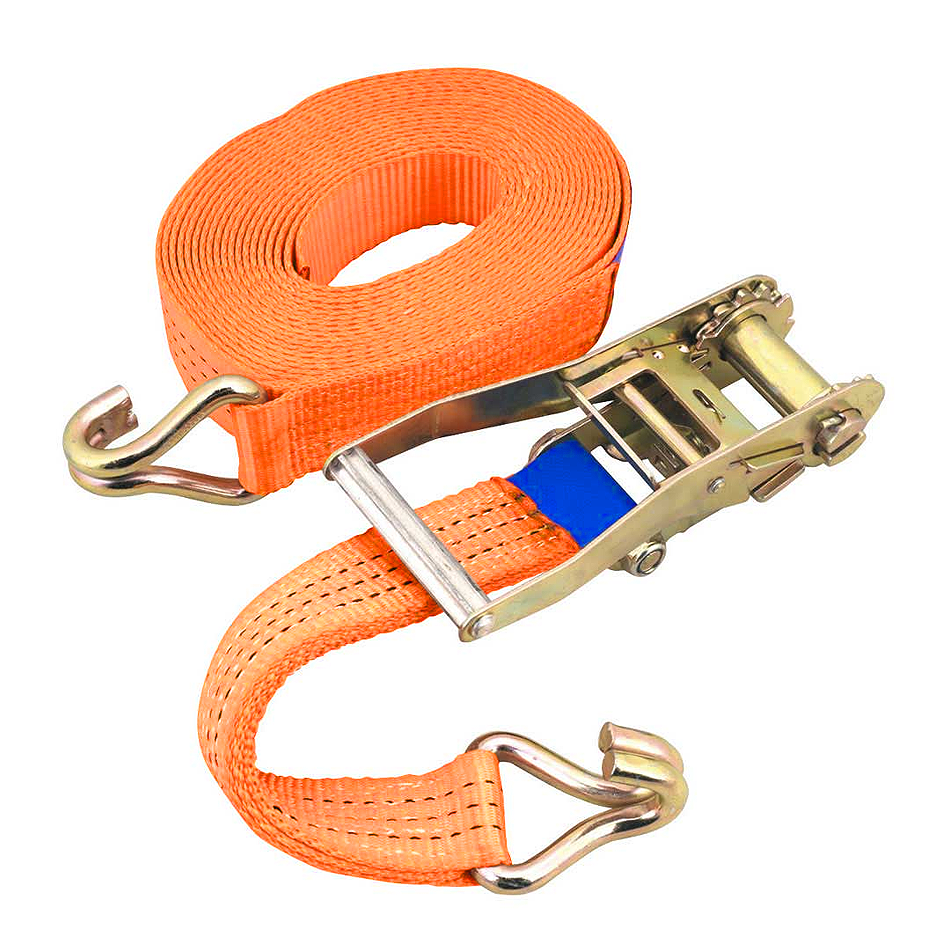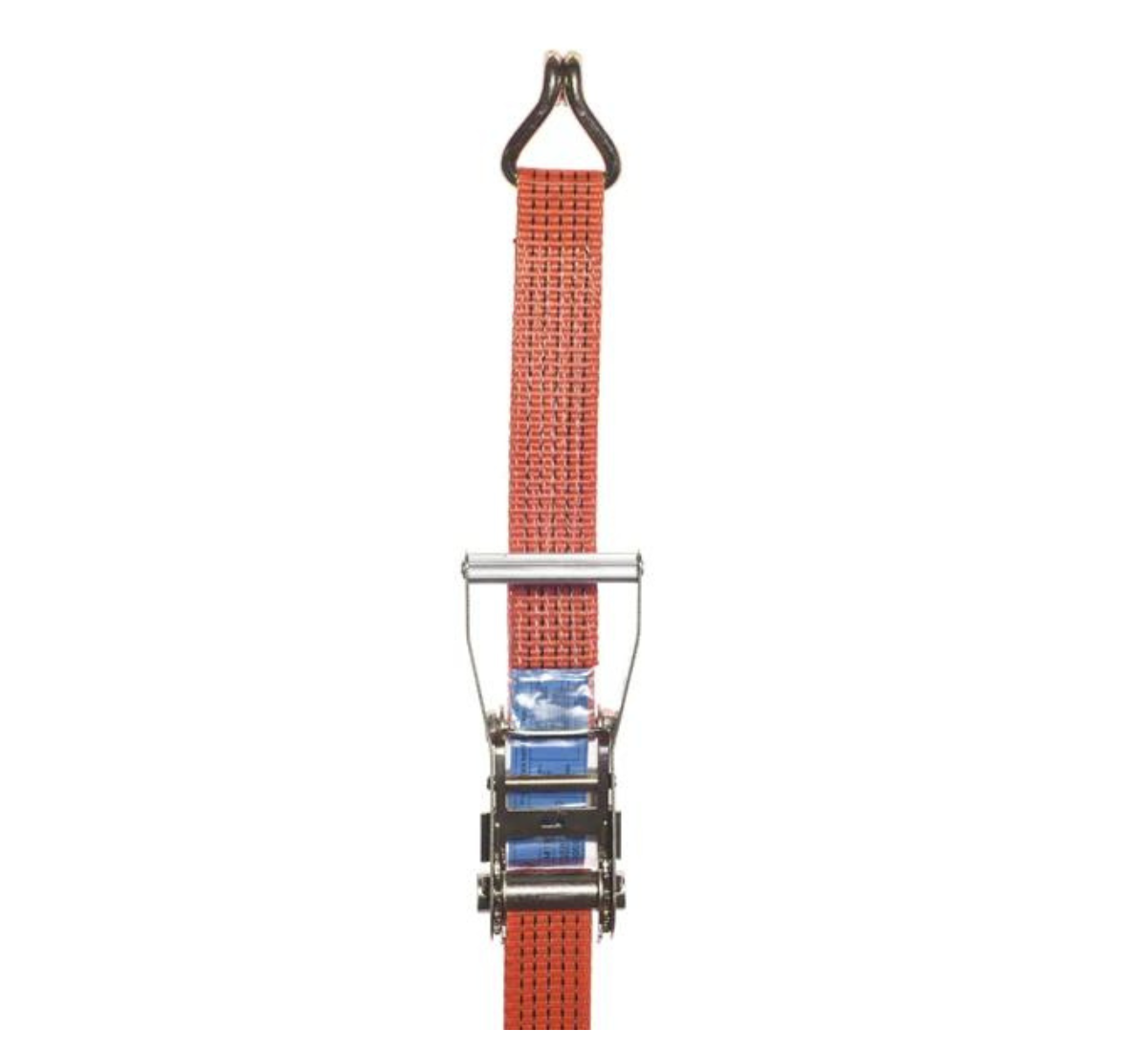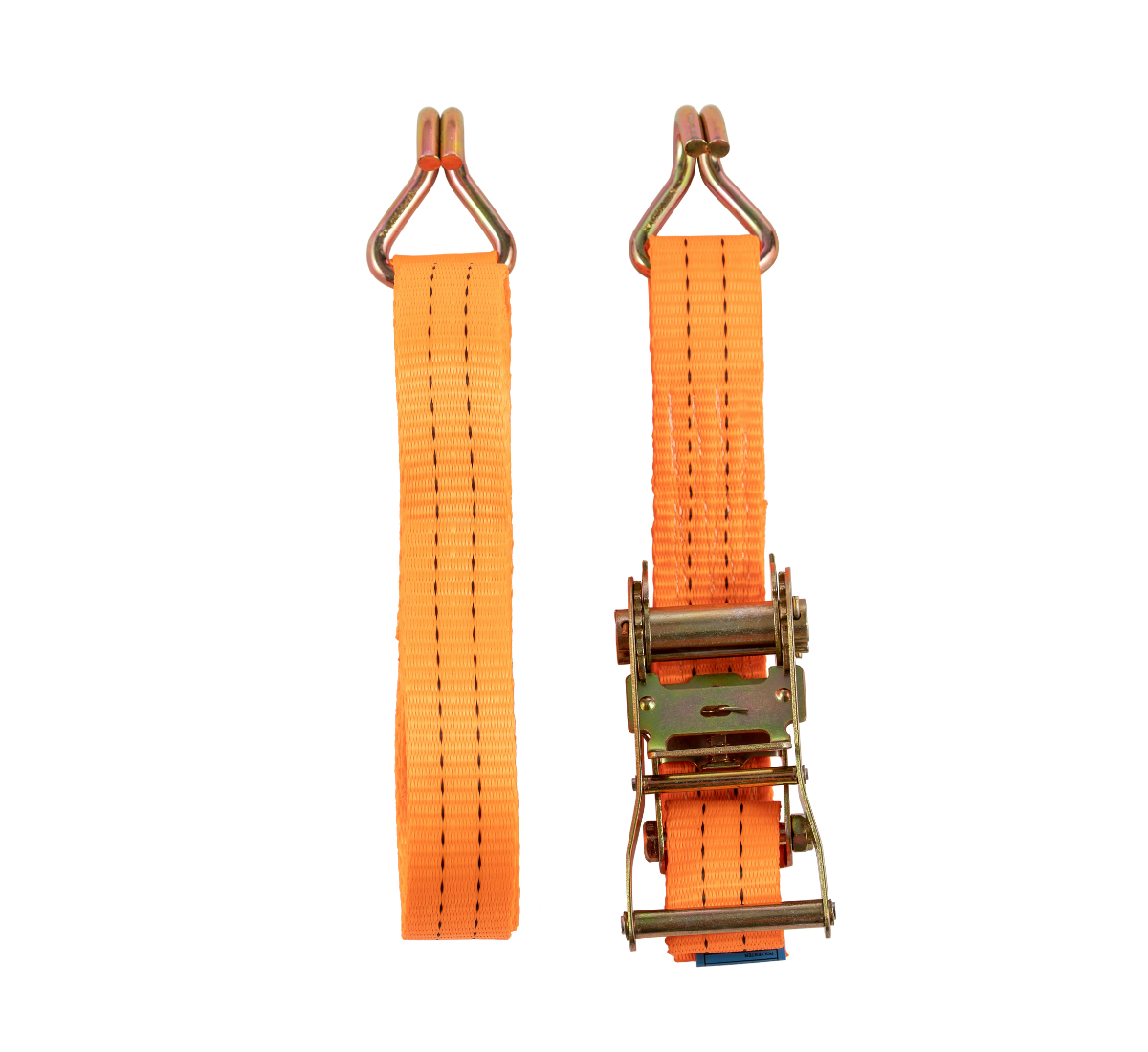Ratchet Straps
Our premium range of ratchet straps are designed reliable load securing during transportation operations. Made from durable materials, our straps offer optimal strength and long-lasting performance, while at the best prices on the market.
YOUR GUIDE TO RATCHET STRAPS
WHEN SHOULD I USE A RATCHET STRAP?
When transporting loads on the back of a vehicle or securing general cargo. You must be sure that all goods are firmly secured before beginning, as failure to do so can result in dangerous consequences. Not only can such a simple device save a lawsuit, but it can also save a life. Think Ahead!
Choose from standard Claw Hooks to various other end fitting such as Chassis Rings, Delta Hooks, J-Hooks, Snap Hooks, and Endless types, as well as Cam Buckles, and even Car Recovery Kits that include Wheel Straps and Ratchet Lashings.
WHEN DO I NEED TO REPLACE THEM?
The Health and Safety Authority explains how employers and self-employed have legal duties to assess the risks of what they do and provide suitable equipment, information, and training so that drivers and loaders can load vehicles safely. It's important to know when you need to replace your Ratchet Strap(s) to ensure they're still fit for purpose and do not become a health and safety risk.
If there are any frayed webbing, mildew, or any holes or tears on your Ratchet Strap, you should stop using them immediately and purchase a new one, as you severely risk them not being fully effective, If you've read this and are thinking that this product can help your business, make sure you check out the full LES product range to see how they could help you further excel. If you're needing a number of Ratchet Straps as part of a bigger order for a bespoke solution, please contact an experienced member of the LES Sales Team, who will be happy to discuss.
DIFFERENT TYPES OF RATCHET/LASHING STRAPS
There are a number of different types of Ratchet Straps or Lashing Straps available to purchase and depending on the weight and size of the items and cargo will depend on what version you need. The strength of a strap should always be shown on its label, as the Lashing Capacity (LC) and measured in decaNewtons (daN), which gives the user the weight and size that the assembly can securely hold for transportation.
It is very important that when using a Tie-Down you take into account the break strength and working load limit which will determine what type you need - the bigger the cargo, the more heavy-duty the Ratchet Assembly will need to be.
This type of securing equipment is rated by its weight capacity, which can range from 140kg for a light strap, all the way up to 5,000kg (5 Tonnes) for a heavy-duty strap, therefore, it's important to know the weight of your cargo before making a purchase.
WHAT SHOULD I WATCH OUT FOR?
It is extremely important that you monitor your Ratchet Straps to ensure that they are safe to use, however, this doesn't necessarily mean you have to replace them, but just have to give them a little tidy-up to make them fully effective again. It might be that the Ratchet Assembly needs lubricating, in which case you can use a small spray of dry silicone spray or WD-40, which will give it more durability and stop the assembly from greasing up and causing stiffness.
When you're not using your Ratchet Strap(s), it's good practice to store them in a weatherproof dry, and dark container or compartment, so they don't get damaged, and wrap the webbing and straps with a rubber band to stop unraveling.
If you use the Ratchet Straps for carrying heavier loads and sharper-edged items such as steel, concrete, and scrap metal, which can potentially damage the Ratchet Strap material and assembly, we recommend using corner webbing sleeves to protect the straps.
For further information and large quantity orders, please contact a member of our Sales Team, who will be happy to assist you with your requirement. At LES, we have the ability to supply container volumes of Webbings and Ratchet Tie-Downs at factory prices.
*LC = Lashing Capacity























